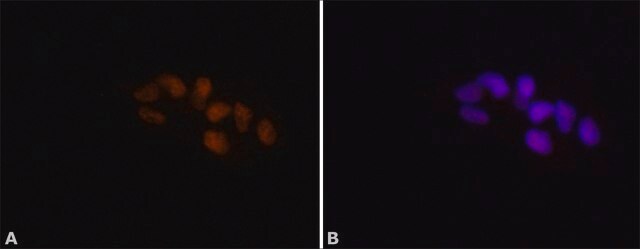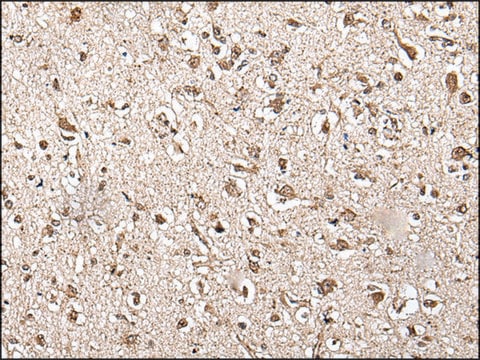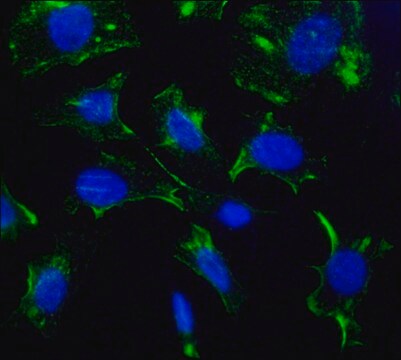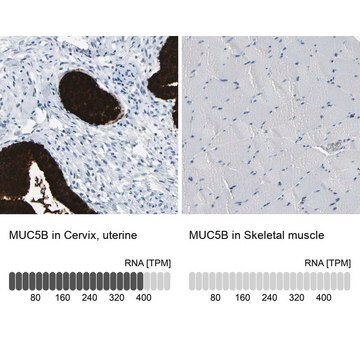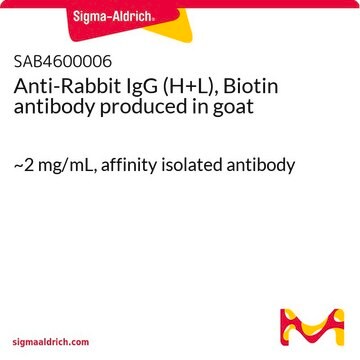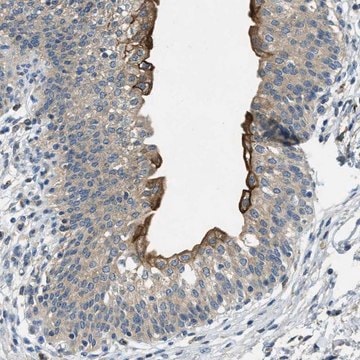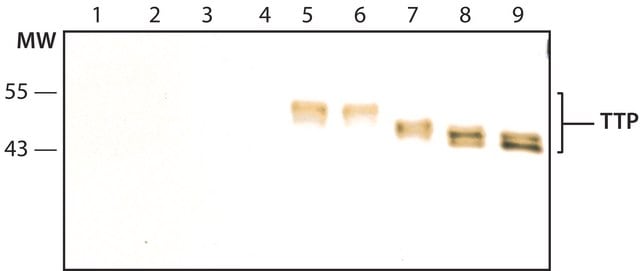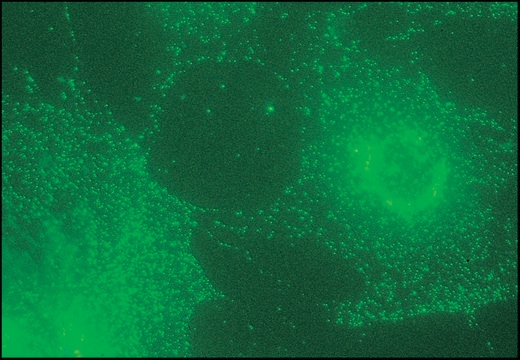SAB4200565
Monoclonal Anti-ZFP36/TTP antibody produced in mouse
clone TTP6, tissue culture supernatant
Sinónimos:
Anti-G0/G1 switch regulatory protein 24, Anti-G0S24, Anti-Growth factor-inducible nuclear protein NUP475, Anti-NUP475, Anti-RNF162A, Anti-TIS11, Anti-TIS11A, Anti-Zinc finger protein 36 homolog, Anti-tristetraprolin, Anti-zinc finger protein 36, C3H type, homolog (mouse), Anti-zinc finger protein, C3H type, 36 homolog (mouse)
About This Item
Productos recomendados
biological source
mouse
Quality Level
conjugate
unconjugated
antibody form
tissue culture supernatant
antibody product type
primary antibodies
clone
TTP6, monoclonal
form
buffered aqueous solution
mol wt
antigen ~45 kDa
species reactivity
mouse, bovine, rat, dog, human, monkey
technique(s)
western blot: 1:4,000-1:8,000 using extracts of HepG2 cells.
UniProt accession no.
shipped in
dry ice
storage temp.
−20°C
target post-translational modification
unmodified
Gene Information
human ... ZFP36(7538)
General description
Immunogen
Application
Biochem/physiol Actions
Physical form
Disclaimer
Not finding the right product?
Try our Herramienta de selección de productos.
Storage Class
10 - Combustible liquids
wgk_germany
WGK 3
Certificados de análisis (COA)
Busque Certificados de análisis (COA) introduciendo el número de lote del producto. Los números de lote se encuentran en la etiqueta del producto después de las palabras «Lot» o «Batch»
¿Ya tiene este producto?
Encuentre la documentación para los productos que ha comprado recientemente en la Biblioteca de documentos.
Nuestro equipo de científicos tiene experiencia en todas las áreas de investigación: Ciencias de la vida, Ciencia de los materiales, Síntesis química, Cromatografía, Analítica y muchas otras.
Póngase en contacto con el Servicio técnico